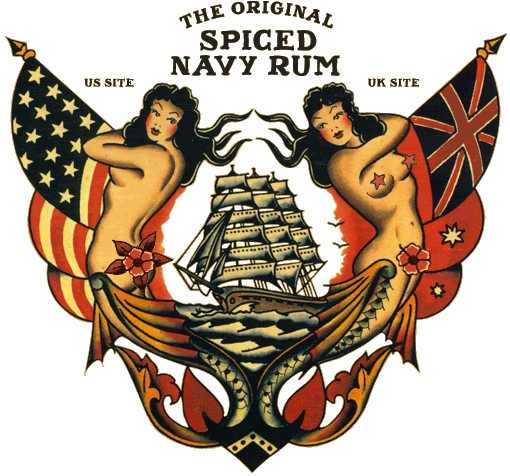On this day in 1527, the very first letter from North America is sent by explorer John Rut in St. John's, Newfoundland to King Henry VIII in England. Remember writing letters? Here is the opening:
"Pleasing your Honourable Grace to heare of your servant John Rut with all his company here in good health thanks be to God..."
1 oz. 151 Rum
2 oz. Vodka
1 oz. Cranberry Juice
1 splash Grenadine
2 oz. Orange Juice
Shake ingredients in a cocktail shaker with ice. Strain into a highball glass over ice.________________________________________________________________________
On this day in 1913, in one of the hottest summers ever, what would come to be known as the Wheatland Hop Riot, starts in Wheatland, California. The 640 acre Durst Ranch, advertised it needed workers during the three week hop harvest but when 2800 men, women, and children arrived seeking work, they found only 1500 jobs and the promised pay rate cut...
I tried to write about this event but it proved to be a bit long for today's post, I will post it over the weekend since I find it interesting. If you have time, view it on wiki.
On this day in 2007, Queen guitarist Brian May handed in his astronomy PhD thesis at Imperial College in London, 36 years after he abandoned it to join Queen.
As always, have a great and safe weekend!



